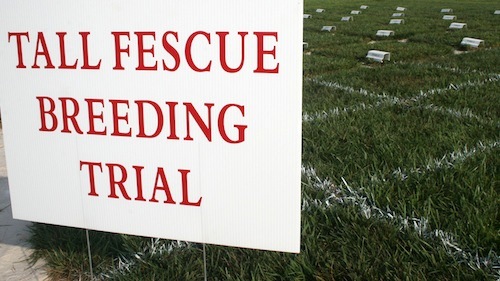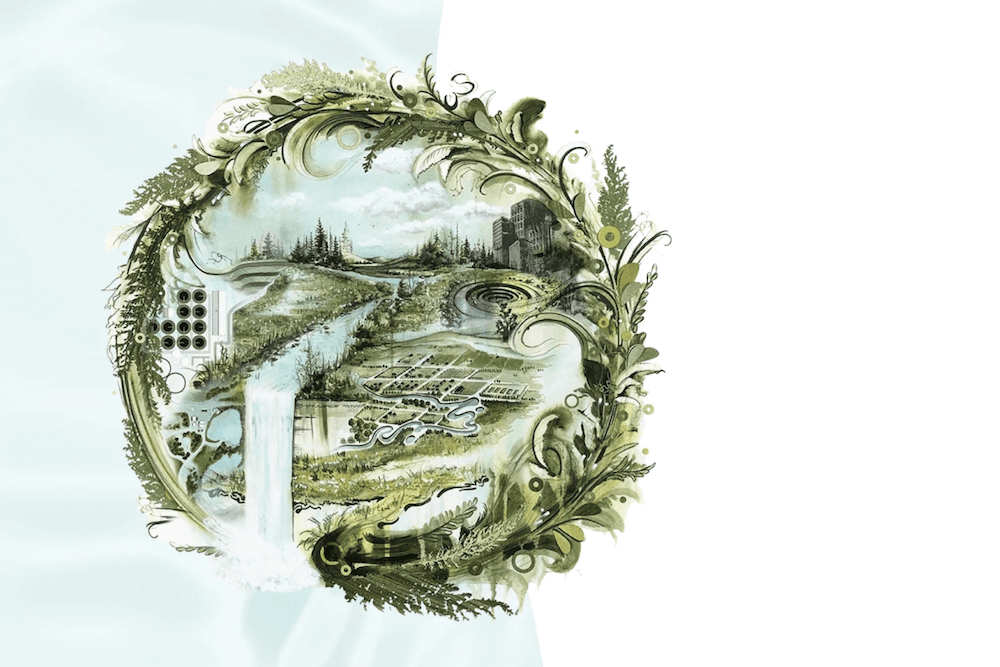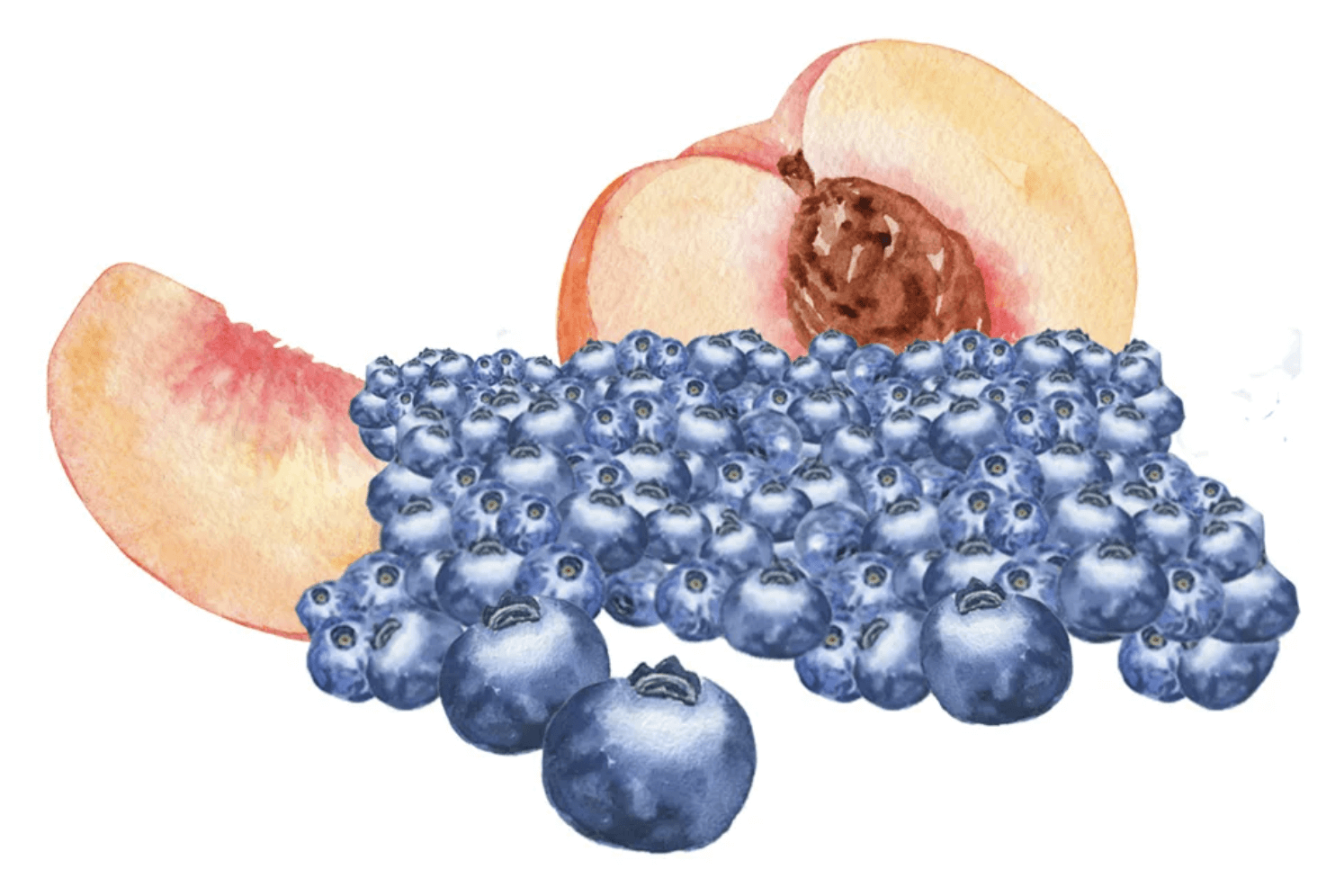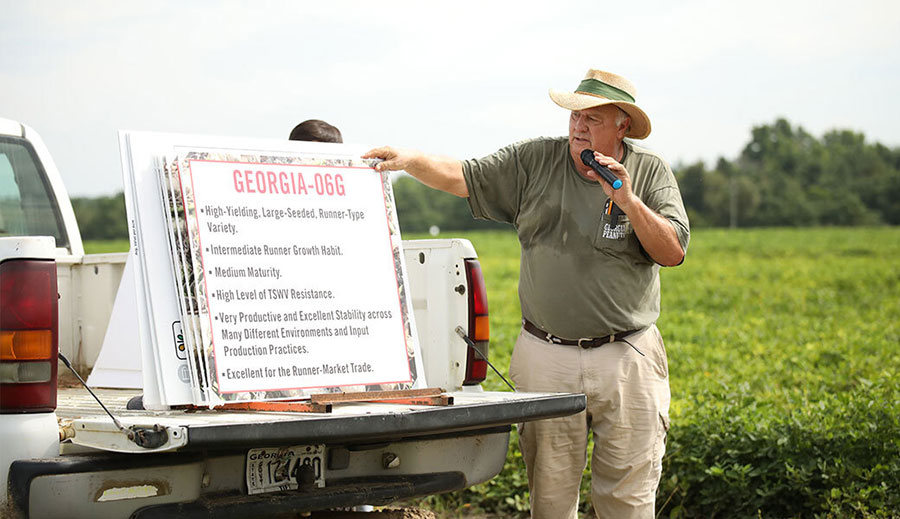September and October are the perfect months to interseed tall fescue lawns. Tall fescue is a bunch-type grass with no runners to help it spread. The grass may start to thin by the end of summer.
By interseeding the existing fescue lawn with new fescue seed in the fall, the new grass has a chance to develop in the cooler months and will be hardier when the warm season months return. The reward is a thicker stand of tall fescue in the spring.
Fall is the best time
Seeding too early may leave the new grass susceptible to disease. Seeding too late may not give the seedling a chance to develop before really cold weather hits. Spring overseeding is not recommended because of the shorter establishment time before the hot temperatures develop.
Once the decision to interseed is made, it is often daunting to know which seed to choose for the project. With a few guidelines from University of Georgia Extension this process can be simplified.
New seed works best
Plan on purchasing new seed. Time and moisture reduce the germination rate of grass seed. Seed that is properly stored in a closed container in dry conditions for just a year may be fine, but germination rates may be lower. To ensure success, purchase new seed.
Figure out how much seed is needed. There is no need to purchase a larger, more expensive bag of seed when the smaller bags will meet your needs. The recommended establishment-seeding rate for tall fescue is 6 pounds per 1,000 square feet. To determine how much seed you will need, estimate the amount of thinning that has occurred. For example, if 25 percent of the lawn is bare, multiply 0.25 X 6 to determine that 1.5 pounds of seed are needed. In this case, there is no need to purchase the 40-pound bag.
Check the date on the seed label
Read the seed label. In Georgia we do not grow tall fescue for seed. Most tall fescue seed comes from Northern states like Washington or Oregon. Therefore, the Georgia Crop Improvement Certification label will not be on any tall fescue seed bags. However, make sure the seed has been tested for viability, and check the “sell by” date. This information should be listed on the seed bag or an attached label.
Tall fescue seed is usually sold as a mixture or a blend of seed cultivars, and these will be listed on the bag. Specific cultivars are chosen intentionally. One cultivar may show drought tolerance while another shows heat tolerance.
Others may show shade tolerance or even disease resistance. The manufacturers usually put together a suitable mix. The mixtures will vary year to year, depending on what is available to the manufacturers.
Depending on the manufacturer, this may include all tall fescue seed blends or a mix of tall fescue seed and Kentucky bluegrass, often the ‘Thermal Blue’ cultivar. ‘Thermal blue’ was developed for heat tolerance, so it may be appropriate for a north Georgia mix.
Some tall fescue evaluated in Griffin
The National Turfgrass Evaluation Program (NTEP) is a non-profit program developed to evaluate cultivars of turfgrass. Locations around the county are chosen to test varieties through field studies. Over the past several trials, the UGA campus in Griffin, Ga., has been a location. In the study tall fescue seeds are grown and evaluated under Georgia’s environmental conditions. The trials run for five years. Results are collected and reported to NTEP for use by manufacturers and plant breeders.
Results of NTEP studies are reflected in the cultivars included in seed blends. For example, in the 2007-2011 study, the cultivars ‘Gazelle II’ and ‘Wolfpack II’ both scored high at the UGA trial site. These are two cultivars that are now being seen in blends available today.
For more information on caring for turfgrass in Georgia, see the website www.GeorgiaTurf.com.








